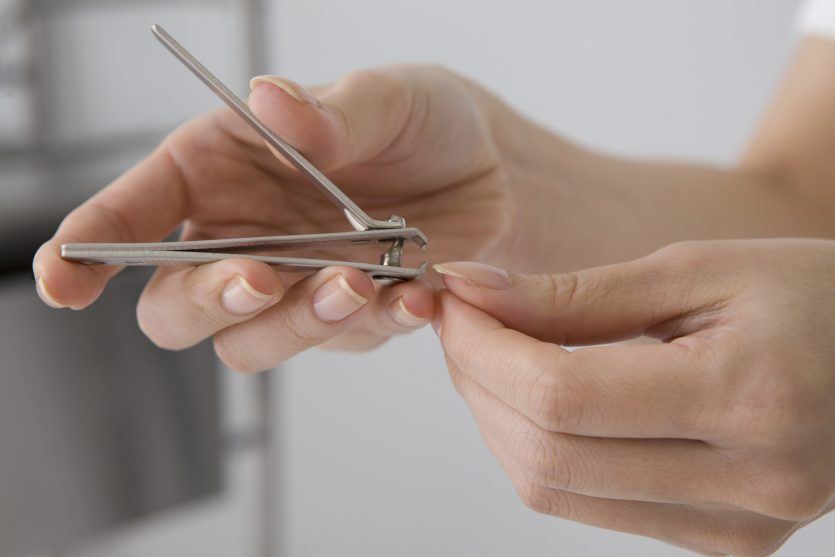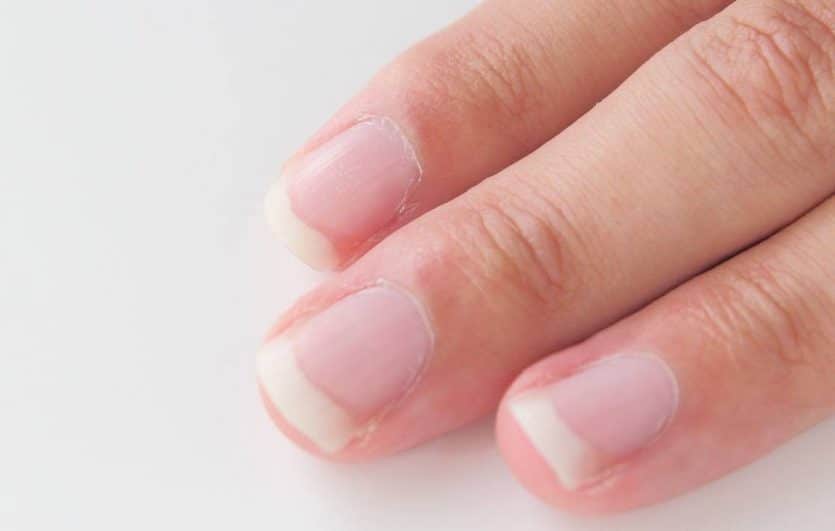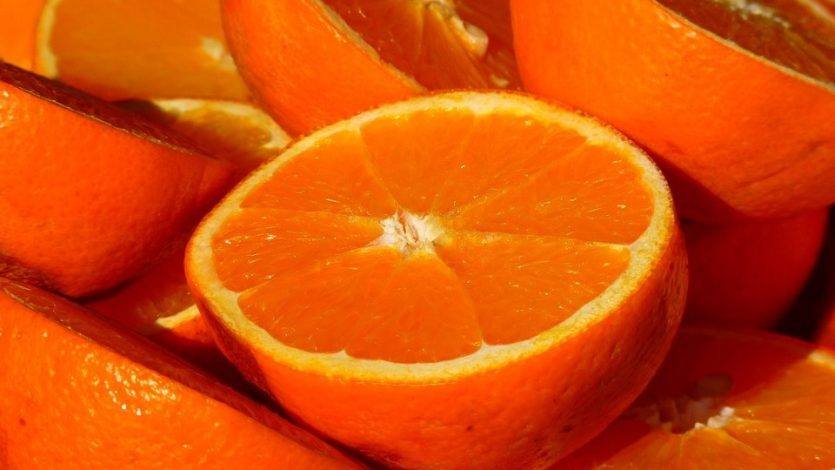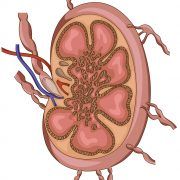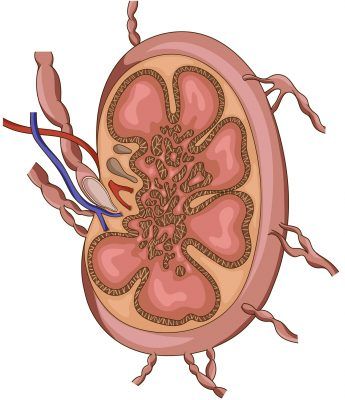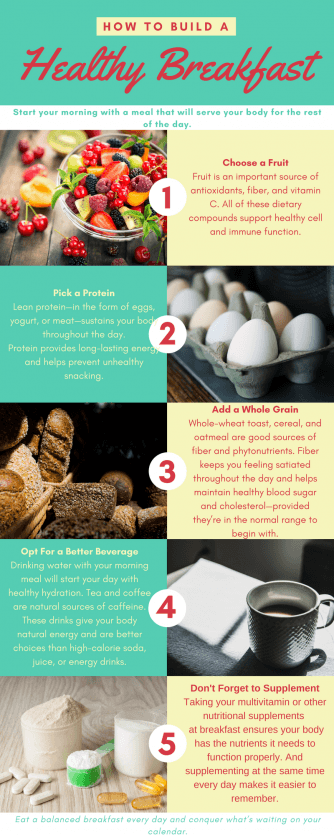Like it or not, sweating is part of life. It’s your body’s primary method of cooling. Sweat is produced when you exercise, are nervous, or get too hot. Sweat alone is odorless, but it’s often blamed for the noticeable smell that accompanies it. And body odor does creeps up after a good sweat session.
This unpleasant aroma is really the byproduct of sweat and the microscopic environment (microbiome) of your skin. Find out what really makes your sweat smell, what you can do to control it, and how changes in your body odor can alert you to changes in your health.
Bacteria: The Originators of Body Odor
Like you read above, blame the bacteria, not the sweat. Whenever you are physically active, under emotional stress, or overheated, your body seeks to cool itself. It’s your evaporative cooling system. Excess heat is minimized by the evaporation of liquid through pores on the surface of your skin. A pungent smell is produced when sweat contacts the bacteria you normally have living on your skin.
The stench is a byproduct of bacteria consuming the sweat secreted by sweat glands. When bacteria break down sweat, they produce compounds called thioalcohols (pronounced “thigh-o-alcohols”). These compounds can smell like onions, meat, and sulfur. It’s the thioalcohols produced by bacteria, not sweat, that make your armpits stink. The bacteria—which are a normal and healthy part of your skin’s microbiome—most responsible for offensive body odor is Staphylococcus hominis.
Different Sweat, Different Scent?
While you do sweat during exercise, high heat, and stress—not all sweat smells equally. This is because there are two kinds of sweat glands in your body. Each gland produces odorless perspiration; however, their location and unique microbiomes influence their smell.
Eccrine glands (pronounced “e-krine”) are found all over the body. These glands release mostly water and are activated when internal body temperature rises. Apocrine glands (pronounced “ape-o-krine”) develop during puberty and excrete waste in the form of proteins and lipids. Stress can trigger sweat production in the apocrine glands.
Apocrine sweat glands are associated with body odor and are found in abundance near hair follicles. These glands populate the skin of your armpits and groin. Not surprisingly, these two body regions are the main sources of body odor. The bacteria that produce stinky thioalcohols love to live near apocrine glands. That is why “stress sweat” smells worse than the sweat produced by heat or exercise.
Freshening Up
Different people have different bacteria making a home on their skin. So your body odor is unique to you. Managing body odor is equally individualized.
Bathing frequently regulates the number of bacteria on your skin and helps keep unpleasant smells at bay. But that’s just the beginning.
Deodorants and antiperspirants are two effective methods for controlling body odor. These two treatments work differently from one another, but are often paired to achieve sweet-smelling results. Antiperspirants temporarily block sweat glands and reduce the amount of perspiration on the skin. As a result, the bacteria living on the skin come into contact with less sweat, reducing the amount of odor released.
Deodorants change the chemical properties of the skin to keep armpits smelling fresh. Many deodorants are alcohol-based and lower the pH of your skin. This creates an acidic environment, which is less desirable to bacteria. In addition to dissuading microbes from setting up shop, some deodorants contain fragrance that add a fresh smell to your skin.
Nutrition and Body Odor
Your diet can have a significant impact on your scent. When the food you consume is broken down and digested, some of the byproducts are released in your sweat. The following foods have been shown to increase body odor.
-
Red Meat
Eating conservative amounts of lean red meat throughout the week is not only healthier for you, but can help you smell better. There is mounting evidence that reduced red-meat consumption is better for heart health and digestion. An interesting scientific study indicated that the same can be said for your individual aroma. After a two-week trial period, women found the scent of men who laid off red meat significantly more pleasant and attractive than those who upped their red meat consumption. If you want to impress your date, try to steer clear of red meat.
-
Alcohol
Evidence of a drinking binge is found on your breath and your sweat. When your body metabolizes alcohol, a compound called acetic acid is released. Acetic acid is commonly found in vinegar and gives off a strong scent. Your pores expel the excess acetic acid created by alcohol metabolism. When this pungent compound is added to your sweat, you may notice its distinct aroma. Make sure to drink responsibly and pair alcoholic beverages with healthy, high-protein and high-fiber meals. This will help slow digestion and reduce any off-putting odors.
-
Spicy Food
Some foods are naturally fragrant and the chemical compounds that cause their smell are not entirely broken down before exiting the body. These foods include curries, garlic, and onions. Spicy foods are added to meals to increase flavor and are great for giving low-calorie lunches and dinners extra zest. But the high sulfur content of these ingredients contributes to their aroma, and causes a distinct odor that lingers on your breath. The same odor seeps through sweat glands and mixes with the bacteria on your skin to create a particularly unpleasant smell.
But you don’t have to be relegated to mild food. When used in moderation, spicy foods are great for your health. These herbs and spices are believed to boost metabolism and are powerful antioxidants. By periodically including them in your diet, you can avoid the stench while reaping their free-radical-fighting benefits.
-
Junk Food
Aside from its well-known ability to sabotage a healthy diet, junk food can also contribute to body odor. Highly processed and prepackaged foods are loaded with calories and sugar, and lack an aromatizing molecule called chlorophyll.
Chlorophyll—the green color in plants—is a potent antioxidant naturally found in green vegetables. It neutralizes bad smelling odors across the board, from sweat to flatulence. It can also help remove unwanted compounds from your body (detox). Chlorophyll can literally sandwich unwanted molecules between two molecules of itself, literally holding on to it until our bodies can excrete it. So getting your fill of greens may be the trick to reducing smelly body odor.
Smelly Signals—What Your Body Odor May be Telling You
While your personal hygiene routine may include covering up any distracting body odor, it is important to know that changes in your scent can signal changes in your health.
Increased pressure from work and school can cause a noticeable increase in body odor. Perspiration is ramped up during periods of physical and emotional stress, providing plenty of sweat with which odor-causing bacteria can mix. These body odor changes don’t just occur under your arms. Your feet and breath can be affected, too.
Smelly feet manifest themselves during puberty and can linger all the way into adulthood. However, especially pungent-smelling feet and shoes can be caused by fungal growth. Fungi thrive in moist, warm environments. Damp tennis shoes and sweaty feet are perfect candidates for fungal infection.
To avoid attracting any strange fungus, don’t go barefoot in the gym locker room. Keep your athletic shoes, socks, and, most of all, your feet dry. A dry environment is unattractive to fungi and can keep them from stinking up your shoes. So, change your socks often and rotate between two or three pair of shoes if you need to allow them to adequately dry.
Sweet-smelling breath is another noticeable change in body odor. In healthy people, this usually happens when carbohydrates are under-consumed so instead the body breaks down fatty acids to use as energy. Fatty acid breakdown produces acetone and other ketones which give the breath a sweet, fruity smell.
Although sweating may feel and smell unpleasant, it is a natural and healthy process. To avoid overpowering body odor, take into consideration what actually causes the smell. Keeping clean and applying either antiperspirant or deodorant can minimize the aroma of the bacteria that live on your skin. And take notice of changes to your body odor that may indicate a change in your health.
About the Author
Sydney Sprouse is a freelance science writer based out of Forest Grove, Oregon. She holds a bachelor of science in human biology from Utah State University, where she worked as an undergraduate researcher and writing fellow. Sydney is a lifelong student of science and makes it her goal to translate current scientific research as effectively as possible. She writes with particular interest in human biology, health, and nutrition.
References
https://www.mensfitness.com/nutrition/what-to-eat/8-foods-make-you-stink/slideshow
https://www.ncbi.nlm.nih.gov/pubmed/16891352
https://www.menshealth.com/health/body-odors-signal-health-problems/slide/2
https://health.howstuffworks.com/skin-care/information/nutrition/diet-body-odor2.htm
https://www.prevention.com/health/health-concerns/causes-body-odor-and-what-it-means
http://goaskalice.columbia.edu/answered-questions/getting-your-fill-chlorophyll






